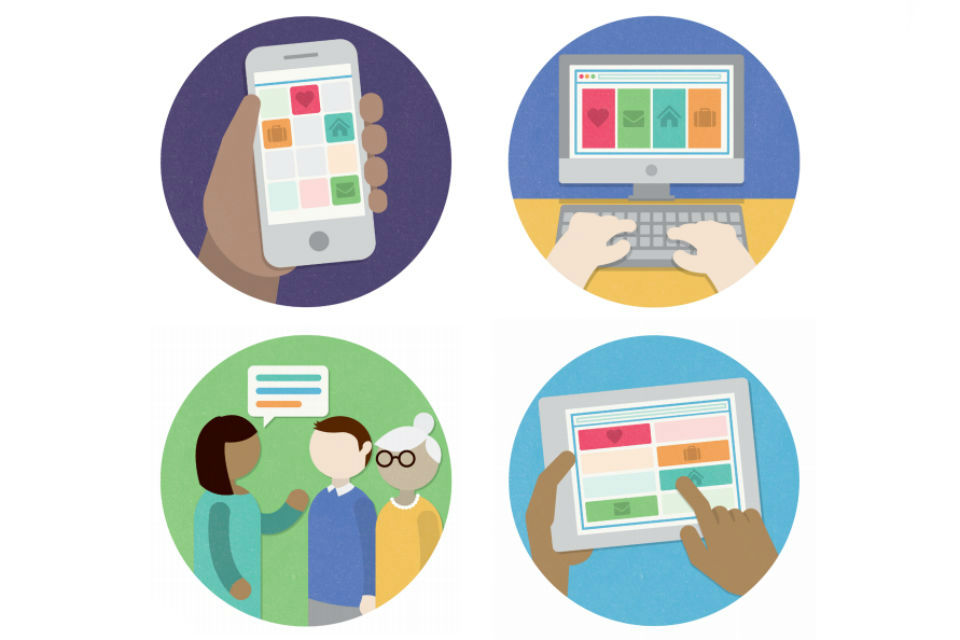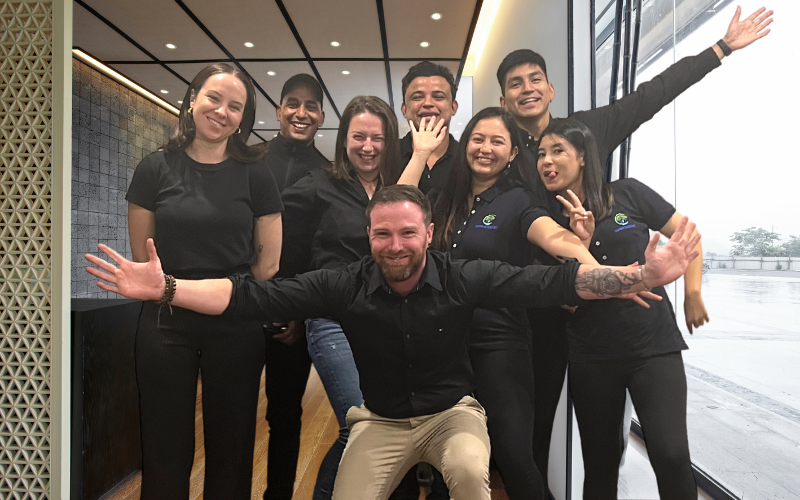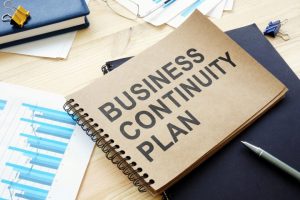Accessible Communication Strategies: Making Information Reach Everyone

Effective communication is essential in every aspect of life, especially in the fields of business, education, and healthcare. In today’s digital world, information is everywhere, but not everyone has access to it. People with disabilities, including cognitive, sensory, and physical impairments, face significant challenges in accessing information. This is where accessible communication strategies come into play. These strategies involve making information available to everyone, regardless of their abilities. In this blog post, we will discuss different accessible communication strategies that can be employed to make information reach everyone.
1. Use simple language and clear visuals
To make information accessible, it is essential to use simple language and clear visuals. Avoid using jargon or technical terms that may be difficult for some people to understand. Use clear and concise language, and when necessary, use visuals like pictures or graphs to explain complex concepts.
2. Provide alternative formats
Another strategy that can be used to make information accessible is providing alternative formats. Not everyone can read printed materials, so providing audio or Braille versions of documents can be helpful. Providing captions or transcripts for videos can also ensure that people with hearing impairments have access to the information.
3. Consider Universal Design
Universal design involves creating products and environments that are accessible to everyone, regardless of their abilities. When developing communication strategies, it is essential to consider universal design principles. This can involve using inclusive language, providing multiple ways to access information, and considering the needs of everyone, including people with disabilities
4. Train staff on accessible communication
To ensure that accessible communication strategies are used consistently, it is essential to train staff on how to communicate effectively with people with disabilities. This can involve providing training on disability awareness, accessible communication techniques, and the use of assistive technology.
5. Solicit feedback from users
Finally, it is crucial to solicit feedback from users on the accessibility of your communication strategies. Ask for feedback from people with disabilities to understand their experiences and identify areas where improvements can be made.
Conclusion:
In conclusion, accessible communication strategies are essential in ensuring that everyone has access to information. Using simple language and clear visuals, providing alternative formats, considering universal design, training staff on accessible communication, and soliciting feedback from users are all strategies that can be employed to make information accessible to everyone. By using these strategies, organizations can ensure that they are communicating effectively with everyone, including people with disabilities. As a result, they can create more inclusive environments and ensure that their information reaches everyone.
Book a free Consultation with us today!
Mobile : 1800960068
Email : contactus@iseeksupport.au









